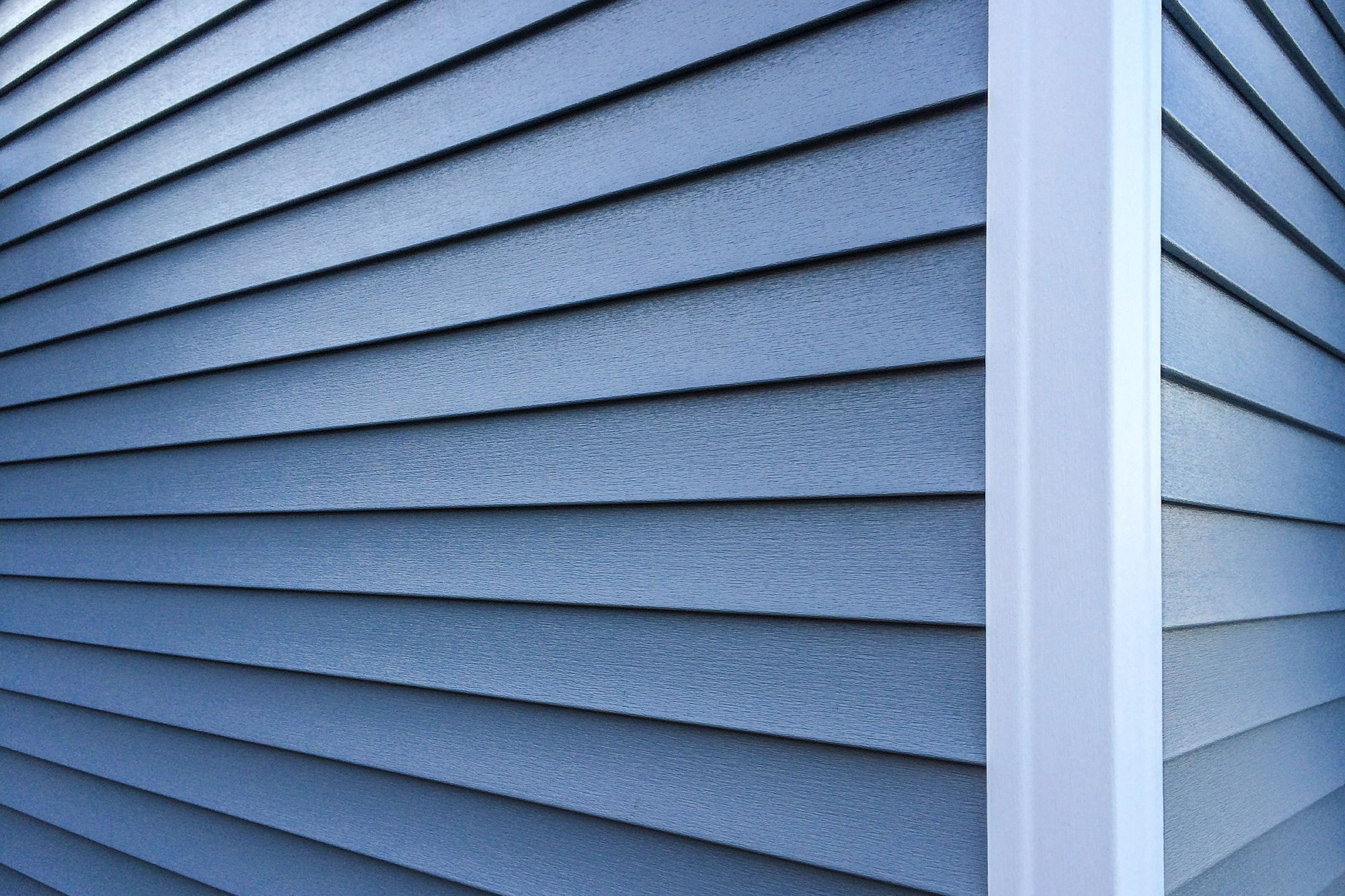Can You Roof with a Framing Nailer? Here’s What Homeowners and Contractors Should Know
25 Nov 2025
HomeWhen it comes to roofing, every tool has a specific purpose, and using the wrong one can create long-term problems for your home. One of the most common questions homeowners ask during a remodel or roof replacement is whether a framing nailer can be used to install shingles. While a framing nailer might seem powerful enough to handle the job, it isn’t designed for roofing work and will almost always cause issues that affect the roof’s performance, safety, and lifespan.
Framing nailers are built for structural work such as framing walls, installing joists, or securing subfloors. They use longer, stick-style nails with small heads that are meant to sink flush into lumber. Roofing, however, requires a completely different type of nail. Shingles must be fastened with shorter, wide-headed roofing nails that grip the asphalt or composite material securely without tearing through it. Because a framing nailer cannot hold or fire roofing nails, the nails it does use will not create a proper seal or hold, especially in high wind or wet weather conditions.
Precision is another factor that separates the two tools. Roofing nailers are engineered to drive nails at a consistent depth. This matters because nails that are driven too deep can cut into the shingle, while nails that sit too high prevent the shingle from lying flat. Either problem can lead to shingle blow-offs, premature wear, or leaking. A framing nailer does not offer the same level of depth control, which makes it unreliable for roofing installations where uniformity is essential for weather protection.
Building codes and shingle manufacturer warranties also play a role. Most roofing warranties explicitly require the use of roofing nails, not framing nails. In many states, including here in Washington, roofing inspections check for proper nails and proper fastening. If the roof is installed with the wrong nail type or the wrong tool, you can fail inspection and lose the manufacturer’s warranty coverage. In the long run, that creates a financial risk that outweighs any short-term convenience.
There are a few situations where a framing nailer can be used on a roof, but they are extremely limited. Contractors sometimes use a framing nailer for temporary fastening during emergency repairs, such as securing roof decking or holding down a tarp before a storm. These are temporary measures, never a replacement for proper roofing installation. When it comes to attaching shingles, underlayment, flashing, or ridge caps, a roofing nailer is the only tool that meets code and protects the integrity of the roof.
For anyone starting a roofing project, investing in or renting the right tool makes a major difference. A roofing nailer ensures consistent nailing, faster installation, and a roof that performs the way it should in all seasons. If you're working with a contractor, it’s worth asking what tools and materials they use to confirm the roof will pass inspection and maintain its warranty.
At the end of the day, a framing nailer and a roofing nailer each serve their own purpose. Using a framing nailer for roofing may look like a shortcut, but it ultimately creates more risk than reward. For a roof that lasts, the right tool isn’t optional, it’s essential.
Related Posts:
Schedule a free visit today.
We will visit your space to better understand your needs and we will send you a quote for your project for free.





